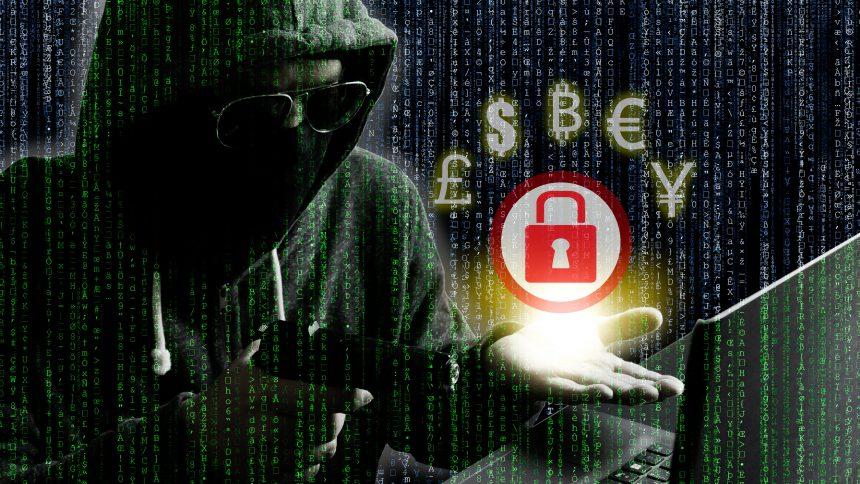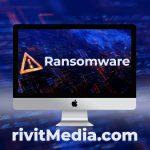Ransomware stands out as one of the most insidious and damaging forms of malware. Among the myriad ransomware strains, SRC Ransomware has emerged as a significant menace, wreaking havoc on individuals and organizations alike. In this guide, we delve into the intricacies of SRC Ransomware, exploring its modus operandi, consequences, detection methods, and most importantly, how to remove it and safeguard against future infections.
Introduction to SRC Ransomware
SRC Ransomware, like its counterparts, operates on a simple yet devastating premise: it encrypts the victim’s files, rendering them inaccessible, and demands a ransom payment in exchange for decryption. This malware typically infiltrates systems through phishing emails, malicious downloads, or exploiting software vulnerabilities. Once inside a system, it swiftly encrypts files using sophisticated encryption algorithms, leaving victims with a ransom note detailing instructions for payment in exchange for a decryption key.
The ramifications of falling victim to SRC Ransomware are profound. Beyond the immediate loss of access to critical files, businesses may suffer operational downtime, financial losses, and reputational damage. Individuals may find themselves facing the loss of cherished personal data, including photos, documents, and other irreplaceable files. Moreover, paying the ransom is no guarantee of file recovery, as some cybercriminals may fail to deliver decryption keys or demand additional payments.
Removal Guide
Removing SRC Ransomware from an infected system requires a systematic approach. Here’s a comprehensive guide to removing SRC Ransomware:
- Isolate Infected Systems: Disconnect the infected system from the network to prevent further spread of the malware.
- Identify Malicious Processes: Use Task Manager or equivalent tools to identify any suspicious processes associated with SRC Ransomware.
- Enter Safe Mode: Boot the infected system into Safe Mode to limit the malware’s ability to operate.
- Delete Malicious Files: Locate and delete all files associated with SRC Ransomware, including executable files and ransom notes.
- Restore from Backup: If available, restore affected files from a recent backup to bypass the need for decryption.
Prevention Best Practices
Prevention is paramount when it comes to combating ransomware like SRC. Implement the following best practices to minimize the risk of infection:
- Educate Users: Train employees on how to recognize phishing emails and avoid clicking on suspicious links or attachments.
- Keep Software Updated: Regularly update operating systems, applications, and antivirus software to patch vulnerabilities and protect against known threats.
- Backup Regularly: Maintain regular backups of critical data and ensure they are stored securely offline to prevent encryption by ransomware.
- Use Security Solutions: Deploy robust cybersecurity solutions such as firewalls, intrusion detection systems, and endpoint protection to detect and block ransomware threats.
By understanding the workings of SRC Ransomware, implementing proactive security measures, and following effective removal protocols, individuals and organizations can fortify themselves against this pervasive cyber threat.





